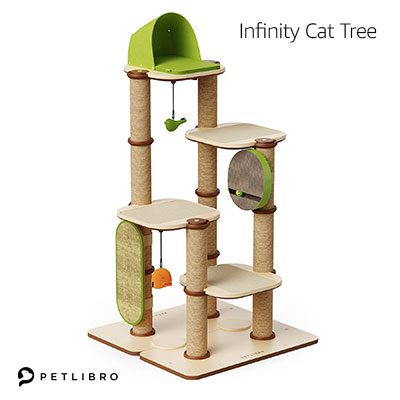Preparation for moving long distance with a pet is key. For example, if you're moving long distance, then you must call ahead to book hotels that accept pets. Never leave your pet in your vehicle while you sleep. It's also not a good idea to sneak your pet into your hotel room if pets aren't allowed. The best you could hope for is a fine of some kind. If someone has an allergic reaction, then you could possibly face litigation.
First Steps
Make sure your pet is microchipped. That way, if your pet runs away or otherwise becomes lost, authorities can identify your pet and arrange a reunion. It’s also a good idea to outfit your pet with a secure collar that has identification tags. The tags should include your current cell number as well.
Get your pet ready for the move. The night before you’re going to pack up your final belongings, be sure your pet is in a secure carrier that has enough room. Keep your furbaby in a dark, quiet room so that the hustle and bustle of packing, movers going in and out, and other noisy things don’t frighten your pet.
The Drive
Be sure that you have a way to fasten your pet’s carrier or pet taxi to one of the seat belts in your vehicle. It’s never a good plan to transport your pet in the back of a van or in the trunk. If you have a pet that is too large to fit into a carrier, such as the largest breeds of dogs, then you’ll have to have a proper harness that can be attached to the seat belt in your vehicle.
On long drives, your pet is going to need bathroom breaks the same as you do. Fortunately, if you’re transporting a cat, then your cat can use a litter box inside the carrier. You’ll have to bring extra litter and collection bags. You might have to take your dog for a quick walk on a leash for some needed energy expending as well as the doggy bathroom. Be sure to bring bags for cleaning up after your dog. Bring food and water for your pet too.
The Arrival
Dogs and cats need different acclimation. Your dog will likely be excited and want to explore. Be sure that you take your dog on “the grand tour.” Show your dog where the food and water bowls, bed, and if applicable, the crate will be. Keep your voice happy, and be as excited as your dog. Reinforce good behavior with treats. Apply humane corrections to control unwanted behaviors. When your dog relaxes a little bit, be sure to break out the toys and lay them out.
Your cat, however, will likely be looking at you with an expression of, “Seriously?” Pick one room where your cat can find sanctuary. Create a few places for your cat to hide and sleep out of sight of others. Because your cat is independent, you can leave the litter box and food bowls in easily accessible places. Your cat will find them on its own. Be sure that there is a sturdy scratching post in the room. A catnip mouse or two will certainly help your cat relax. There’s no need for fancy beds either. Cats love boxes, and when you move, you will have plenty of them just kicking around. Put a couple in the room with your feline furbaby.







